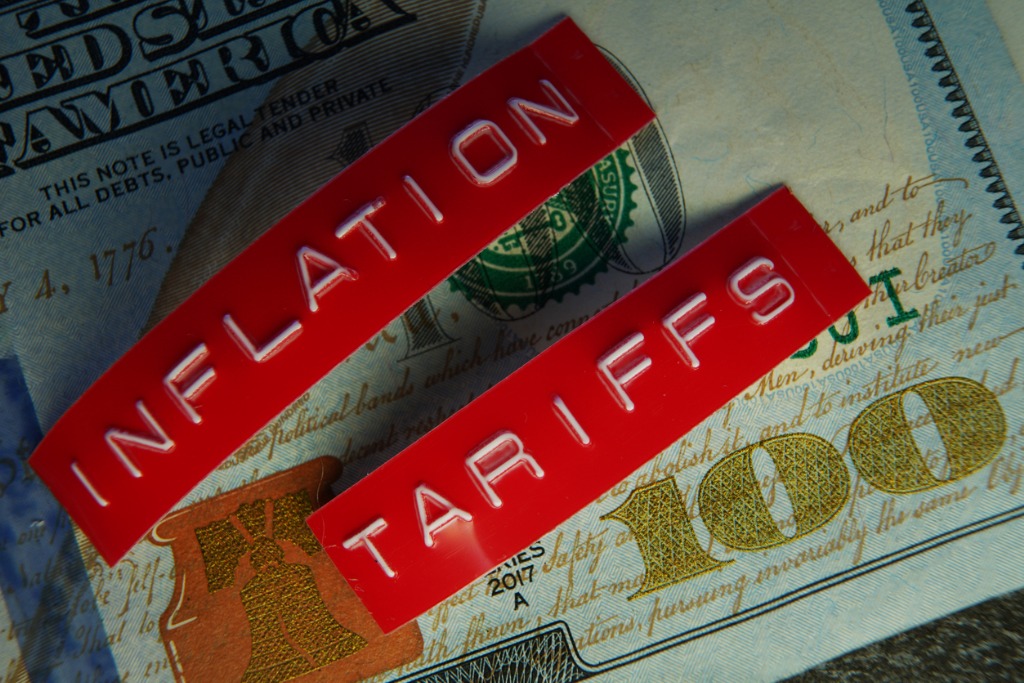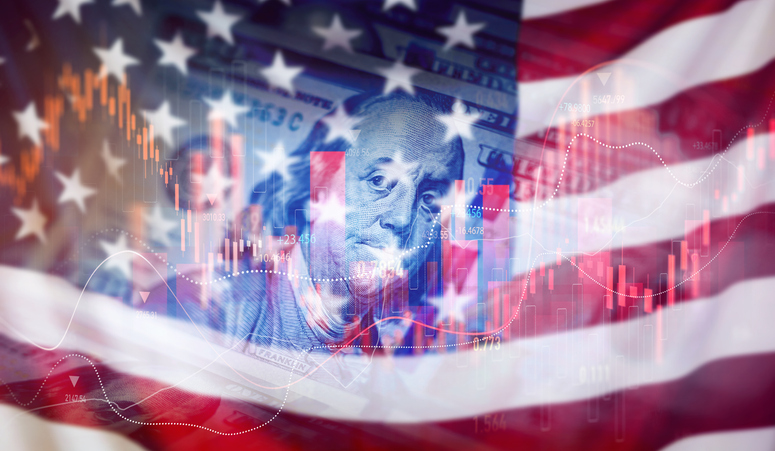Tariffs return: What history tells us
The election of President Trump and his use of trade tariffs as a central economic policy tool has reignited debate over their broader economic implications. The White House contends that these “reciprocal” measures are fully justified on the basis of the trading practices of major trading partners with the additional benefit of providing the stimulus for repatriation of manufacturing back to the United States. That may be the case but experience shows that tariffs as a long-term tactic are best avoided on all sides.
With global free trade principles long considered almost sacrosanct among economists, trade tariffs look like relics from a bygone era and an affront to the conventional wisdom in place for decades.
Yet, the first Trump administration reintroduced tariffs, and the Biden administration maintained several of the measures. Since 2018, tariffs have been imposed on a range of imports, including Chinese goods, steel and aluminum, solar panels, and European aircraft and agricultural products. This marked the first widespread application of tariffs in the US since the early 20th century.
Historically, the effectiveness of tariffs has been contested – most notably in the case of the Smoot-Hawley Tariff Act of 1930, which is widely believed to have exacerbated the Great Depression. In contrast, the post-WWII era saw a dramatic reduction in tariffs, driven by trade liberalization and economic integration.
Now, with Trump signaling a renewed commitment to aggressive tariffs – potentially targeting key trading partners such as Canada, Mexico, China, and the European Union (EU) – their economic consequences and the inevitable retaliatory responses warrant closer examination.
***
Get weekly insights from The Intuition Finance Digest. Elevate your understanding of the finance world with expertly-crafted articles and podcasts sent straight to your inbox every week. Click here: https://www.intuition.com/finance-insights-the-intuition-finance-digest/
***
Effects on inflation
The most immediate impact of tariffs is on inflation, as they push up the cost of imported goods. Sectors that are heavily reliant on foreign inputs experience the sharpest price increases.
However, tariffs from Trump’s first term had a muted effect on consumer prices. The likely reason is that they were relatively low – below 20% – which meant retailers could absorb the increased costs through reduced margins. Expectations that such measures may be short-lived likely also helped.
At the same time, tariffs can dampen inflation by curbing overall demand, as higher prices prompt consumers to cut spending or switch to domestic alternatives. The US-China trade war saw many firms restructure supply chains, shifting sourcing to countries such as Vietnam and Mexico. But such adjustments come with costs, which eventually filter through to consumer prices.

Effects on growth
Trump’s stated goal for tariffs is to narrow the US trade deficit by protecting domestic industries. In theory, shielding local businesses from foreign competition should boost output and employment, particularly if spare capacity exists. There is historical precedent for this: in the late 19th century, tariffs supported US industrialization.
However, in modern, trade-dependent economies, sustained tariff protection often leads to inefficiencies. Higher input costs discourage consumption and investment, while policy uncertainty causes businesses to delay capital expenditure – both of which weigh on economic growth. Moreover, protectionism can reduce competitive pressure, leading to weaker productivity gains and misallocation of resources, particularly if firms reliant on global supply chains face higher costs at multiple stages.

Financial market reaction
Markets tend to react swiftly to tariff threats. Equity prices typically decline due to concerns over rising costs, weaker demand, and corporate restructuring. Over time, these pressures erode earnings growth and valuations.
Bond markets present a more complex picture. If tariffs slow economic growth, central banks may respond with rate cuts, driving bond prices higher. Conversely, if tariffs contribute to inflationary pressures, bond yields may rise as investors demand higher returns to offset inflation risks.
Currency markets also respond to shifting trade dynamics. A reduced import bill can strengthen the US dollar, but heightened uncertainty can deter foreign investment, weighing on the currency. Periods of intense trade disputes often coincide with greater exchange rate volatility.

Escalation risk: Retaliation & disruption
Tariff policies rarely exist in a vacuum. Retaliatory measures from affected trading partners typically target US exporters, forcing companies to diversify and adapt supply chains – often at the cost of efficiency. These countermeasures exacerbate the drag on growth, fragment global trade networks, and amplify market uncertainty.
Ultimately, tariffs may offer short-term political leverage, but their economic impact is far less predictable. If history is any guide, prolonged protectionism tends to generate more disruptions than benefits, with costs extending far beyond the intended targets.
Intuition Know-How, a premier digital learning solution for finance professionals, has several tutorials relevant to the content of this article:
- Trade Indicators
- Foreign Exchange (FX) – An Introduction
- Bond Markets – An Introduction
- Equity Markets – An Introduction
- GDP Indicators
- GDP – An Introduction
- Economic Indicators – An Introduction
- Inflation Indicators
- Inflation – An Introduction
Browse full tutorial offering



